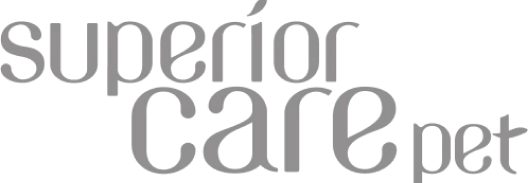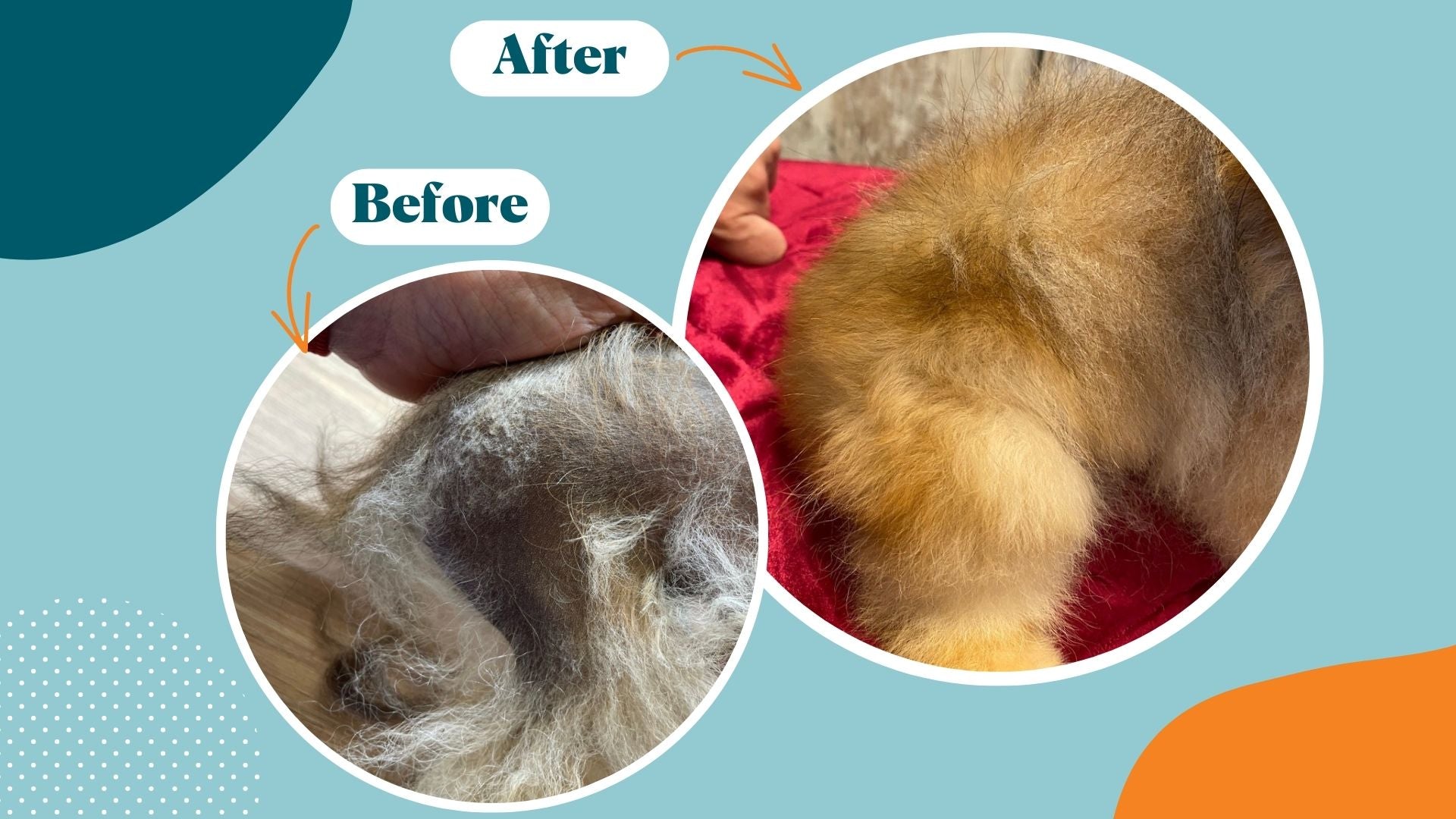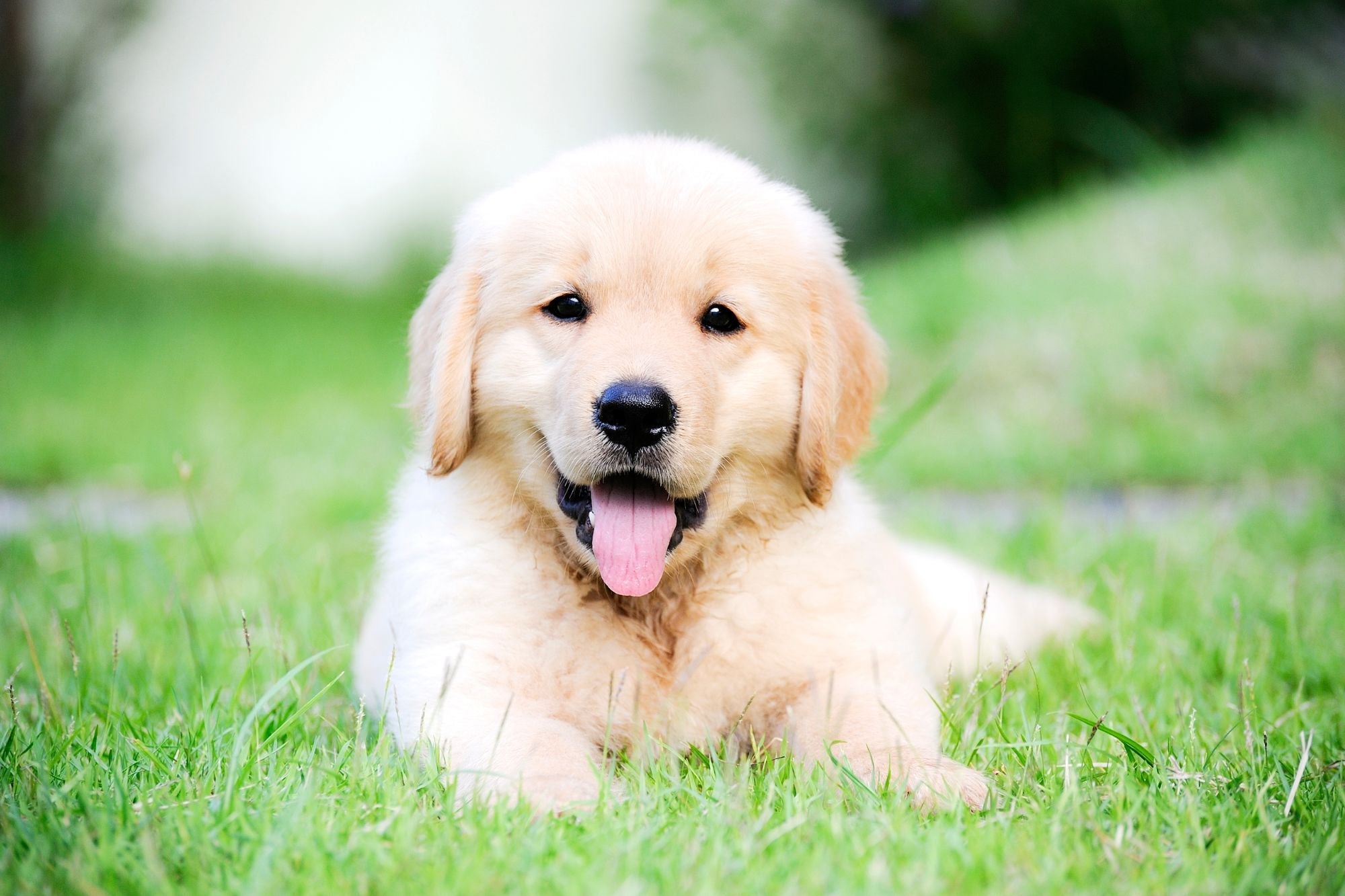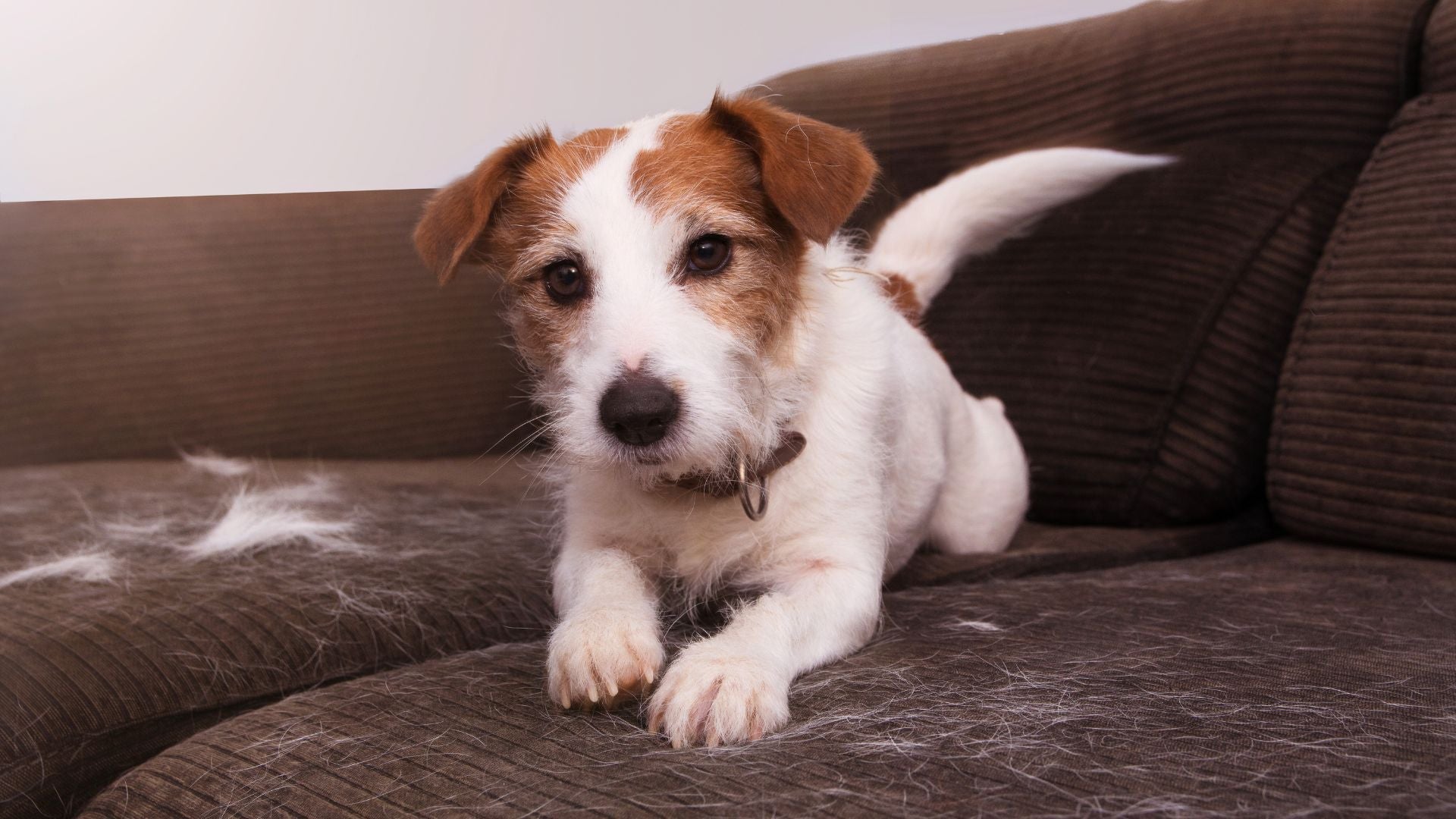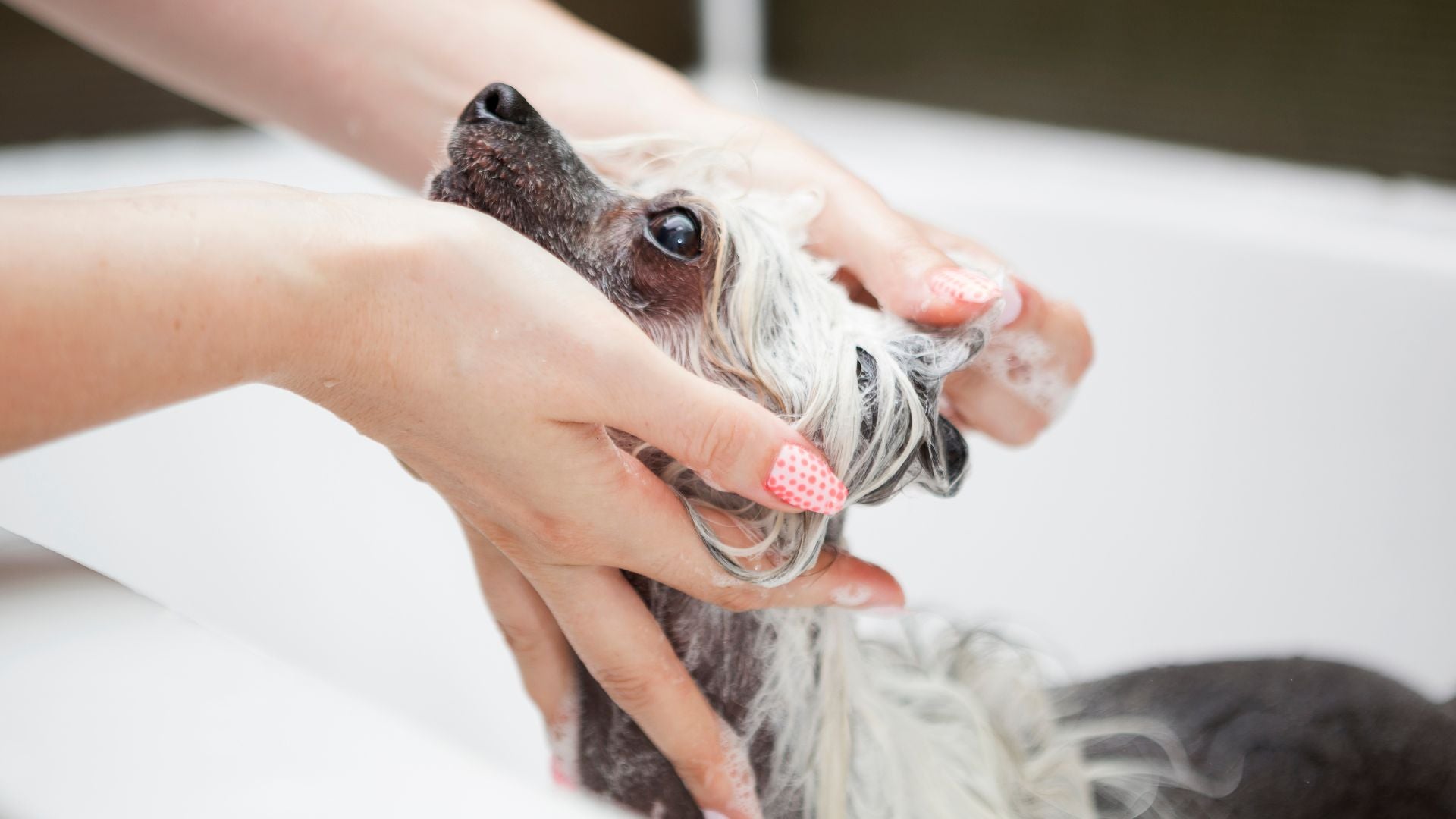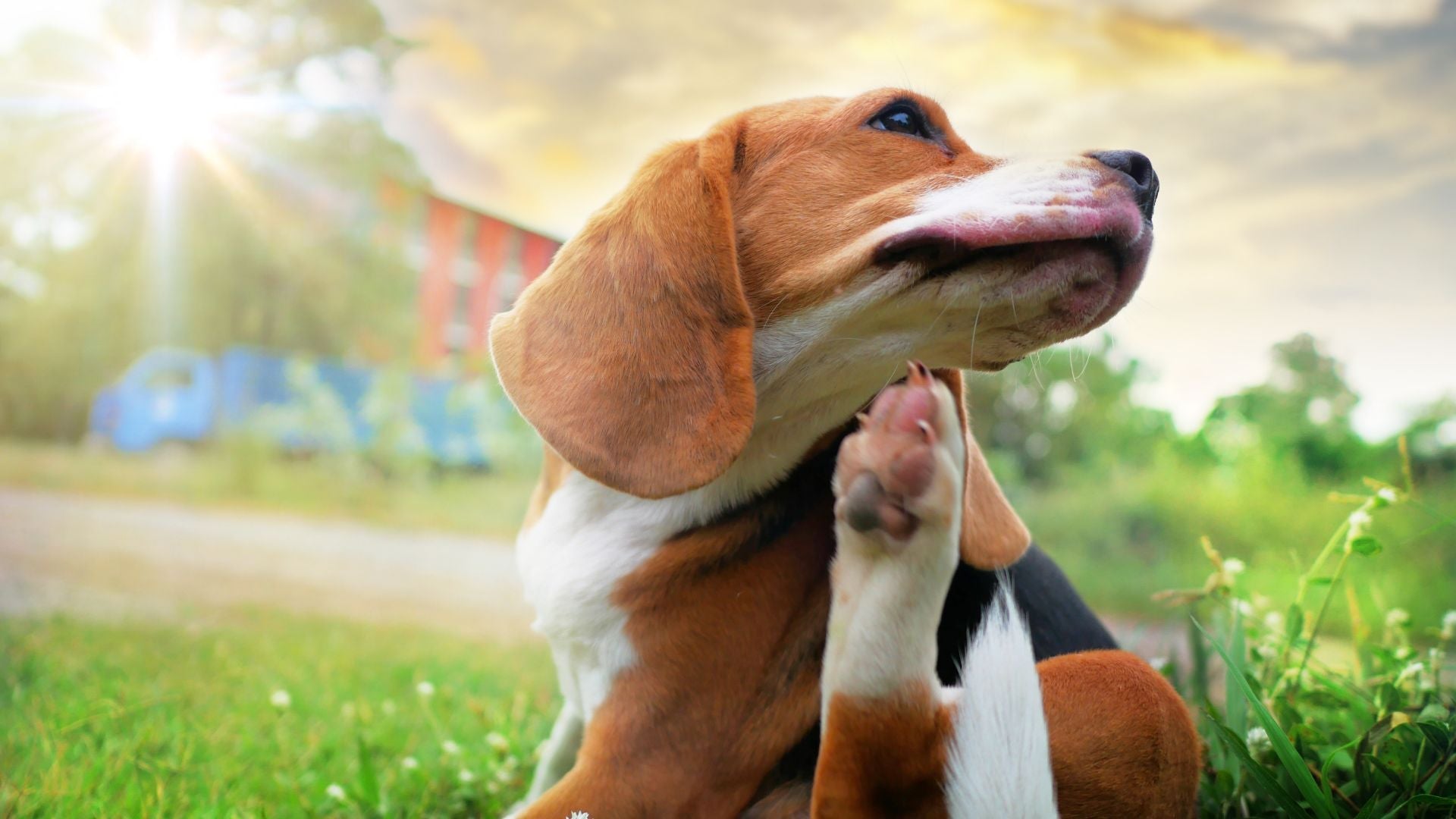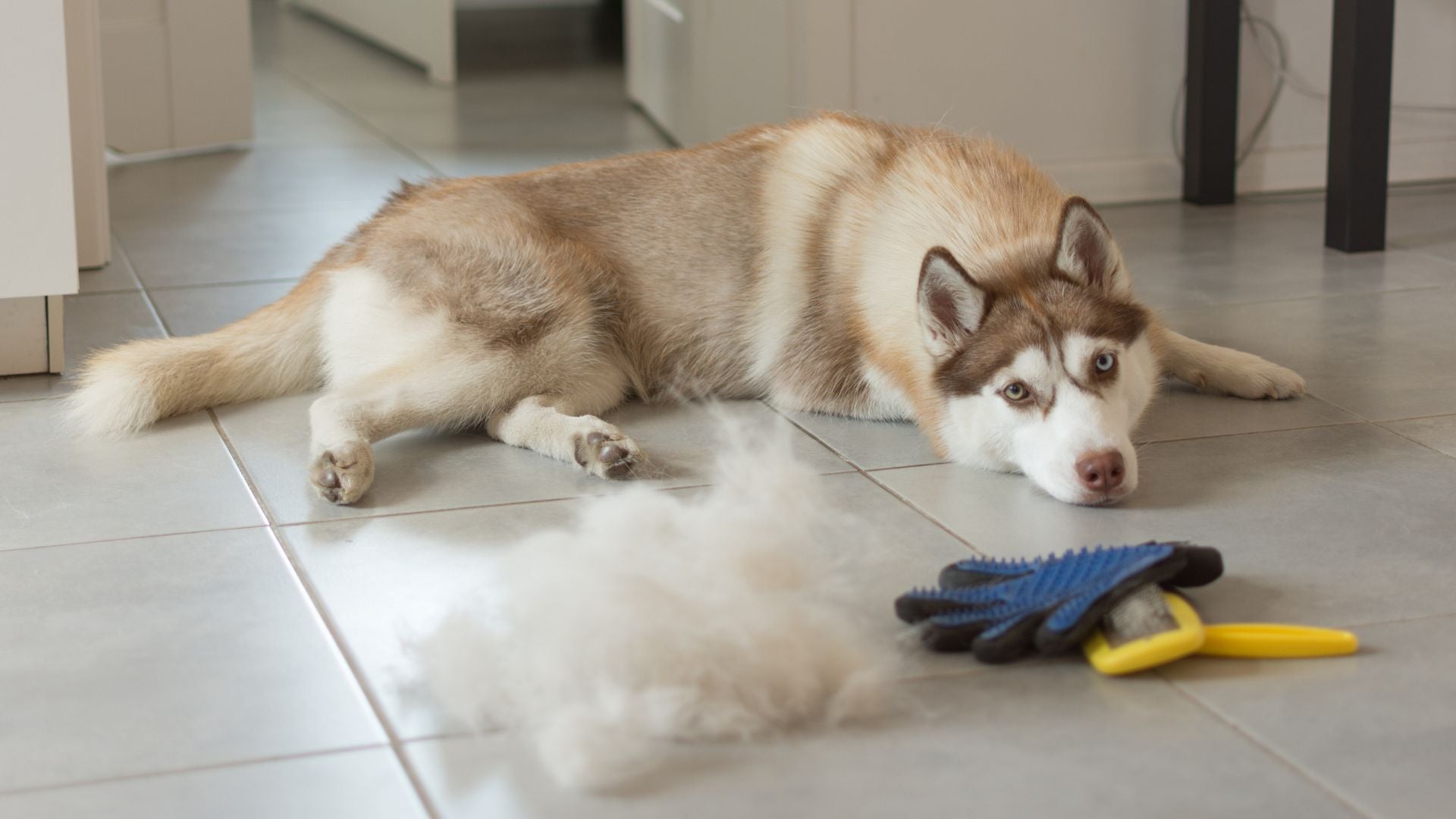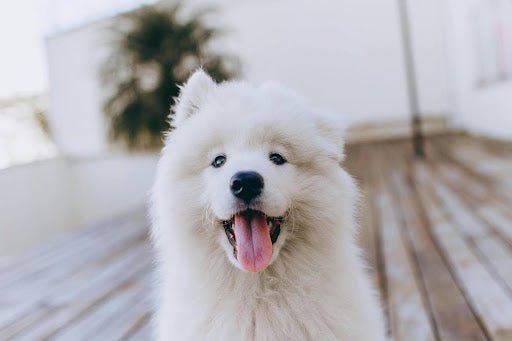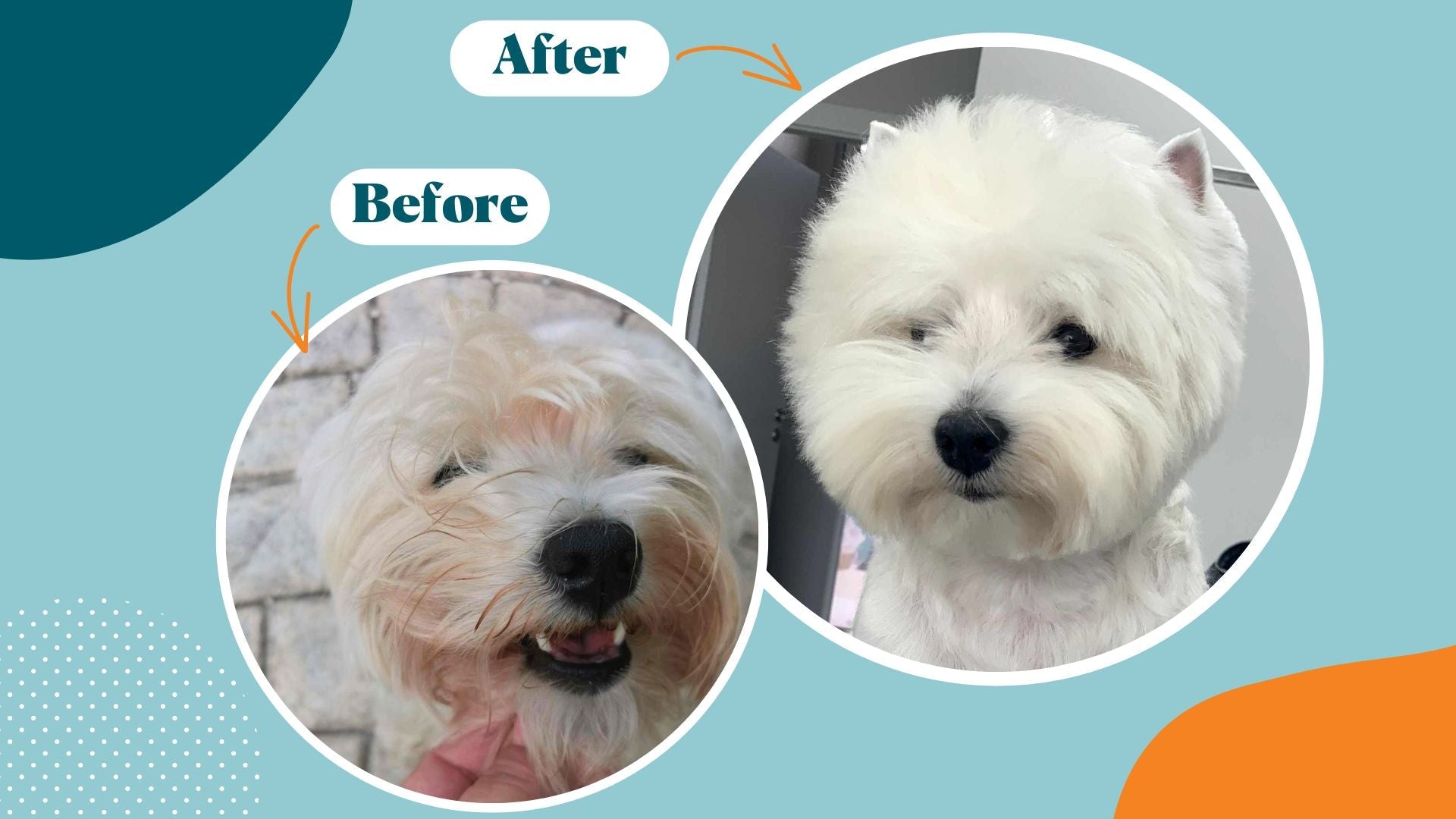As a dog breeder with nearly four decades of experience, a professional groomer, and a creator of natural pet products, I have encountered numerous cases of pet alopecia throughout my journey. Having traveled extensively and witnessed the heartbreaking reality of advanced alopecia leading to veterinarians suggesting euthanasia, I was motivated to find a solution to help pets and their owners survive this condition. Over the years, I have developed a system that has successfully aided hundreds of pets worldwide in regrowing their coats. In this blog, I aim to shed light on the causes, symptoms, diagnosis, and treatment options for pet alopecia. Furthermore, I will provide valuable insights into preventive measures that can be implemented to safeguard our beloved furry companions from this distressing condition.
Causes of Alopecia in Dogs
Alopecia in dogs can arise from various factors, and being aware of these triggers is vital to tackle the condition effectively. Here are some common causes of alopecia:
- Alopecia Areata - Genetic Predisposition (2% of cases): This form of alopecia is rare and has a genetic basis, making certain dogs more prone to developing the condition. In these cases, alopecia can be inherited from a dog's parents or ancestors, making certain breeds more susceptible to specific types of hair loss. These genetic factors can affect the hair growth cycle, hair follicle development, and the overall quality of the coat.
- Unbalanced Nutrition: A diet lacking essential nutrients can weaken a dog's coat, leading to hair loss over time.
- Improper Pet's Bathing and Allergic Reactions: Dust and allergens settling on the skin during bathing can cause allergic reactions and contribute to hair loss.
- Incorrect Pet's Skin and Coat Care Products: Some pet care products may clog pores and hinder skin regeneration, leading to hair loss.
- Dead Follicles due to Incorrect Coat Changing Care: Inadequate care during the coat changing period can result in dead hair follicles and subsequent hair loss.
- After Injections: Certain injections or medications may have side effects, including temporary or permanent alopecia.
- After the Wrong Haircut: Improper grooming techniques or excessive trimming may damage hair follicles, causing hair loss.
- Incorrect Use of Accessories: Using tight or irritating accessories can lead to hair breakage and alopecia in specific areas.
- Fungal Infections: Fungal infections can damage the hair and result in localized or widespread alopecia.
- Parasitic Infestations: Parasites like fleas, ticks, mites, and bacteria can lead to hair loss if left untreated.
- Bacterial Infections: Bacterial infections affecting the skin can cause inflammation and hair loss in affected areas.
- Excessive Drying of the Coat: Over-drying the coat, especially with heat, can strip it of natural oils and weaken the hair shafts, leading to canine hair loss.
Identifying the specific cause of alopecia in each case is crucial to determine the appropriate treatment and preventive measures. Working closely with a qualified veterinarian and utilizing proper grooming and pet care practices can greatly improve a dog's chances of regrowing their coat and leading a healthy life.
Symptoms and Diagnosis
Recognizing the early signs of alopecia in dogs is essential for timely intervention and effective treatment. Some common symptoms to look out for include:
- Patchy Hair Loss: Observe any areas on your dog's body where hair is thinning or completely missing. These patchy spots may indicate alopecia. It usually starts in the back part of the pet.
- Excessive Scratching and Biting: Dogs with alopecia often experience skin irritation, leading to frequent scratching and biting in the affected areas.
- Thinning Coat: If you notice that your dog's coat is becoming sparser or less dense, it could be a sign of alopecia.
- Bald Spots: Dog baldness or bald patches on the skin are a clear indication of hair loss and potential alopecia.
- Inflammation and Redness: Affected skin may appear red and inflamed due to constant scratching and irritation.
- Behavioral Changes: Alopecia can cause discomfort and anxiety in dogs, leading to changes in behavior, such as restlessness or depression.
Visiting a Veterinarian for Proper Diagnosis
If you suspect your dog is experiencing alopecia or notice any of the symptoms mentioned above, it's crucial to seek professional veterinary care. A veterinarian experienced in dermatology or skin conditions will be best equipped to diagnose the root cause of the hair loss.
During the veterinary visit, provide a detailed history of your dog's symptoms, diet, grooming routine, and any recent changes in their environment. This information can assist the veterinarian in making a more accurate diagnosis.
Diagnosing Alopecia in Dogs
To determine the underlying cause of alopecia in your dog, the veterinarian may conduct various diagnostic tests and procedures:
- Skin Scraping: The veterinarian may perform a skin scraping to check for the presence of parasites like mites, which can cause hair loss.
- Blood Tests: Blood work can help identify hormonal imbalances, nutritional deficiencies, or autoimmune disorders contributing to alopecia.
- Allergy Testing: Allergy tests can reveal potential environmental or food allergens triggering allergic reactions and hair loss.
- Fungal Cultures: If a fungal infection is suspected, the veterinarian may take a sample of the affected skin for fungal cultures.
- Biopsies: In some cases, a skin biopsy may be necessary to examine the skin at a microscopic level and pinpoint the cause.
- Hormone Level Evaluation: Hormone tests can identify hormonal imbalances, such as thyroid or adrenal gland issues.
- Response to Treatment: In certain situations, the veterinarian may initiate a treatment plan to observe how the dog responds, helping to narrow down the cause.
By conducting a thorough examination and utilizing these diagnostic tools, the veterinarian can accurately diagnose the underlying cause of alopecia in your dog and devise an appropriate treatment plan. Early detection and timely intervention significantly increase the chances of successful treatment and a speedy recovery for your furry companion.
Treating Alopecia in Dogs
Dealing with alopecia in dogs requires a comprehensive approach that addresses both internal health and external care. As a seasoned dog breeder, professional groomer, and natural pet product creator, I have developed the Healthy Pet Formula to ensure good health and an excellent appearance for our beloved companions. This formula emphasizes balanced nutrition and regular pet care to promote overall well-being.
Balanced Nutrition with Hypoallergenic Food
To kickstart the journey towards coat regrowth, it is essential to focus on a high-quality diet that provides all the necessary nutrients. I recommend starting with a hypoallergenic dog food that features salmon as the main protein source, such as Nature’s Protection. Salmon is rich in omega-3 fatty acids, which are excellent for skin health. Proper nutrition is the foundation for supporting hair regrowth from within.
Regular Bathing Procedures with Natural Products
Effective grooming and bathing play a crucial role in managing alopecia. To this end, I recommend using Tauro Pro Line natural bathing products and elixirs. The Tauro Pro Line Pure Nature Fur Growth line is especially effective and can be considered as a home remedy for alopecia treatment in some cases. The specific bathing procedures will depend on the individual dog's skin condition and severity of alopecia. For dogs with darkened skin in bald areas, it is crucial to address the skin health before attempting to regrow the coat.
Elixir No.3 for Skin Treatment: In cases where the pet has black or darkened skin in bald areas, the first step is to treat the skin before focusing on coat regrowth. Tauro Pro Line Elixir No.3, a specialized product, is ideal for treating the skin and restoring its health. Regular use of this elixir can help the skin return to a healthy pale pink color, indicating progress in healing.

Elixir No.4 for Strong Hair Growth Boost: After several weeks of using Elixir No.3 and achieving improved skin health, it's time to transition to Tauro Pro Line Elixir No.4. This powerful elixir is specially designed to provide a significant boost to hair growth. It helps stimulate hair follicles, promoting the regrowth of the dog's coat.
For more detailed instructions on the Alopecia bathing procedures and elixir application, I have provided comprehensive guidelines on my blog here. Keep in mind that every pet is unique, and there may be variations in their response to treatments. In some cases, it is wise to seek the guidance of a professional for personalized care.
I genuinely care about pets' well-being and their journey towards healthier coats. If your pet is suffering from alopecia or other skin and coat problems, I invite you to fill out this form, and I will prepare a personalized treatment plan for their specific needs, free of charge. Together, we can work towards restoring your pet's natural beauty and overall health.
Preventing Dog Alopecia
Preventing alopecia in dogs involves a proactive approach that focuses on maintaining their overall health and well-being. As a dog breeder, professional groomer, and creator of natural pet products, I firmly believe that prevention is better than cure. Implementing the following preventive measures can help safeguard our furry companions from the distressing effects of alopecia:
- Regular Grooming and Hygiene Practices: Consistent grooming routines are essential for keeping your dog's coat healthy and free from tangles or matting. Regular brushing helps distribute natural oils and stimulates the skin, promoting hair growth. Additionally, scheduled baths using gentle and pet-friendly natural grooming products can keep the skin clean and free from allergens and irritants.
- Maintaining a Healthy Diet and Nutrition: A well-balanced diet is crucial for overall health, including the health of your dog's coat and skin. Opt for high-quality dog food that provides essential nutrients, vitamins, and omega-3 fatty acids, which are beneficial for skin health. Adequate hydration is also essential to maintain supple skin and a glossy coat.
- Regular Veterinary Check-ups and Screenings: Scheduling regular visits to the veterinarian is vital to monitor your dog's health and detect any potential issues early on. Routine check-ups allow for prompt identification of underlying health conditions that could contribute to alopecia.
- Minimizing Exposure to Potential Allergens: Allergens, both environmental and food-related, can trigger allergic reactions and lead to skin irritation, which may result in excessive scratching and hair loss. Identify and minimize exposure to potential allergens to reduce the risk of alopecia.

- Providing Adequate Skin Protection: In harsh weather conditions, protect your dog's skin from extreme temperatures, sunburn, and insect bites. Protective clothing or sunscreens formulated for pets can help shield their sensitive skin from potential damage.
- Regular Exercise and Mental Stimulation: Ensuring your dog gets enough physical activity and mental stimulation is crucial for their overall well-being. Regular exercise helps improve blood circulation, which benefits skin health and hair growth.
- Avoiding Excessive Heat and Drying: Excessive heat and over-drying the coat can strip away natural oils, leading to dry and brittle hair. Limit the use of high-heat grooming tools and avoid over-blow-drying your dog's coat.
- Stress Management: Stress and anxiety can negatively impact a dog's health, including their coat condition. Provide a safe and calm environment, and pay attention to your dog's emotional well-being.
By incorporating these preventive measures into your pet care routine, you can significantly reduce the risk of alopecia and promote the overall health and longevity of your furry friend's coat. Remember that every dog is unique, so observe your pet closely and consult with a veterinarian for personalized advice and guidance.
Conclusion
As a dog breeder with nearly 40 years of experience, my journey has led me to witness the heartbreaking effects of alopecia in dogs across the globe. With determination and a passion for helping pets and their owners, I have developed a comprehensive approach to combat this distressing condition. Through the Healthy Pet Formula, which emphasizes balanced nutrition and regular pet care, we can ensure good health and an excellent appearance for our beloved companions. By recognizing the signs of alopecia, seeking timely veterinary care, and utilizing specialized products like Tauro Pro Line and Elixirs, we can pave the way for coat regrowth from within. Equally important are the preventive measures we implement to protect our furry friends from alopecia, promoting overall well-being and a radiant coat. Together, we can provide a brighter and healthier future for our four-legged companions, free from the burden of alopecia. Let us continue to cherish and care for our pets, enriching their lives with love, joy, and the best possible care.
